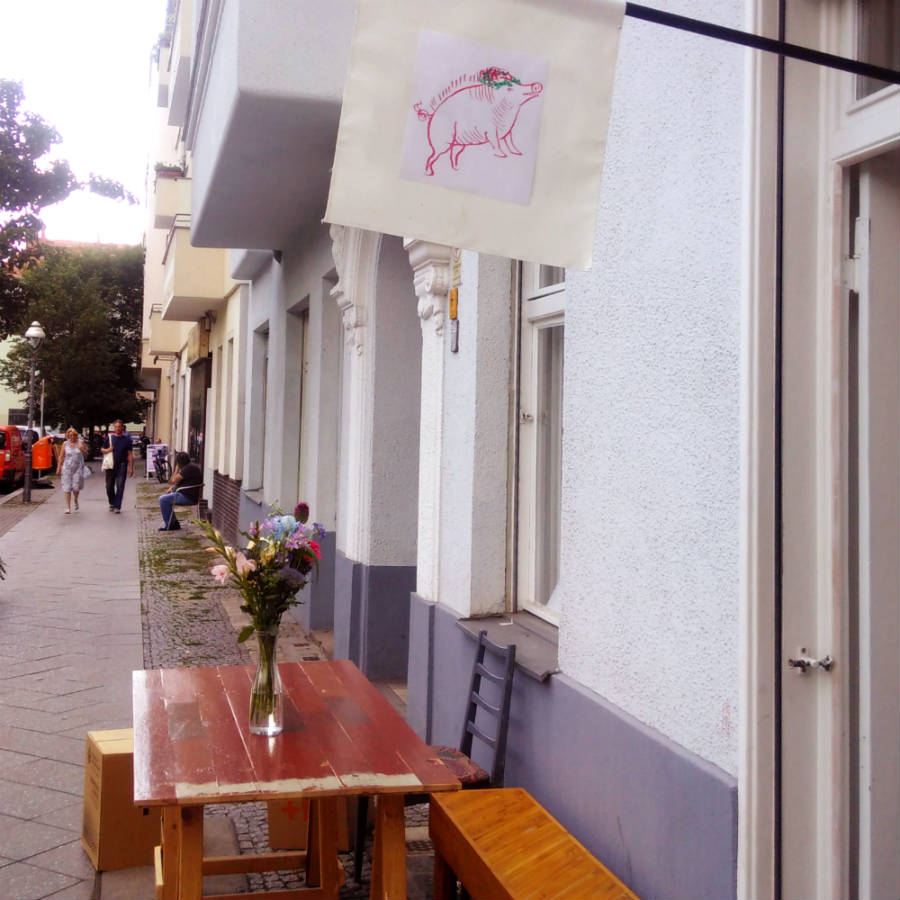
Weil man bei Design aus dem Iran gerne an Teppiche denkt, haben wir uns für die Premiere unserer BEYOND CURTAINS Buchrolle mit Anna Wahdat von On the Rugs in Hamburg zusammen getan. Autorin Lena Späth reiste extra aus Barcelona an und setzte sich mit Antonia und FAZ-Redakteur Christian Meier zum Gespräch über ihr Projekt auf den Teppich.
Ein großes Dankeschön an Anna und ihren Vater Herrn Wahdat, die uns so herzlich begrüßten, dass uns trotz echt Hamburger Wetter gleich ganz warm ums Herz wurde.
Hier ein paar Impressionen von diesem rundum gelungenen Abend – inklusive Schnelldurchlauf durchs Buch!
Because we imagine carpets when we think about Persian design – and it’s true, though there’s so much more to it! – we paired up with Anna Wahdat from beautiful carpet lable On the Rugs in Hamburg for the launch of our latest scroll, BEYOND CURTAINS. Author Lena Späth came all the way from Barcelona and sat down on a stack of carpets with our own Antonia and FAZ-journalist Christian Meier for a diverting talk about her project and a Q&A session.
A huge and heartfelt Thank You to Anna and her father Mr. Wahdat who were so very welcoming we felt all warm and fuzzy in spite of real authentic Hamburg weather.
Here’s some impressions of this lovely evening – including a quick tour all through the scroll. Enjoy!

